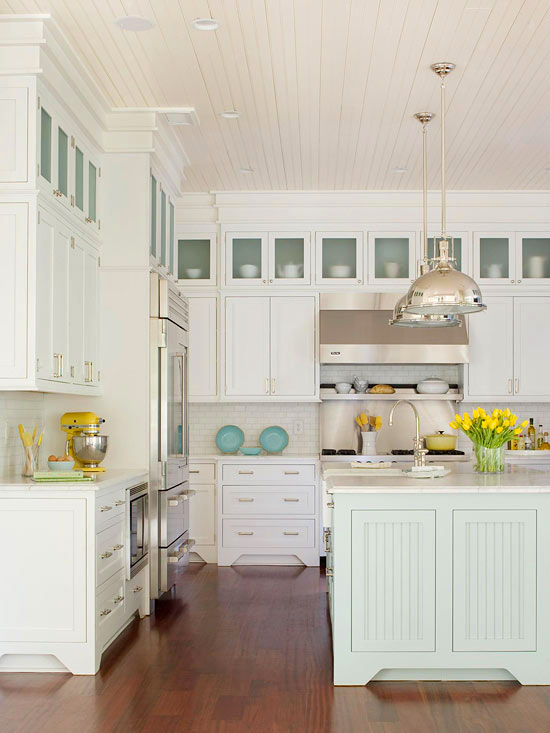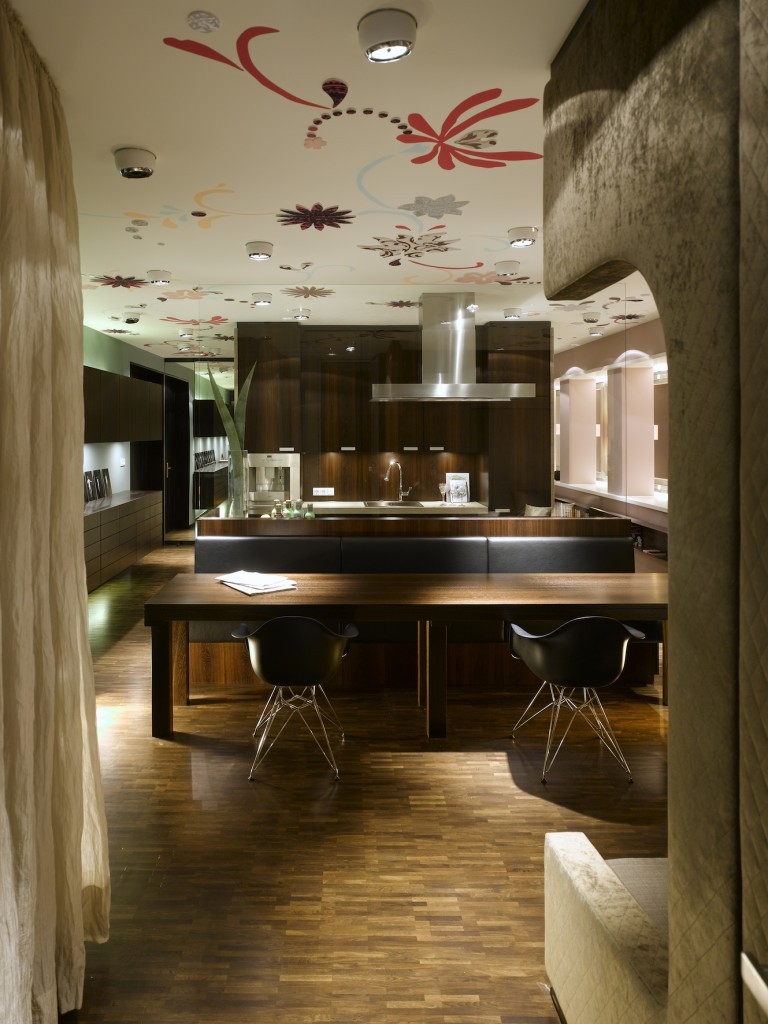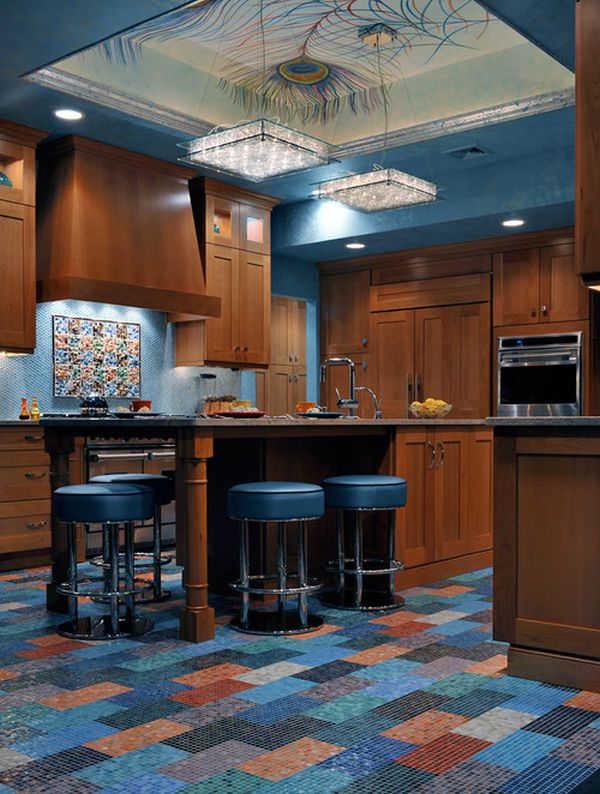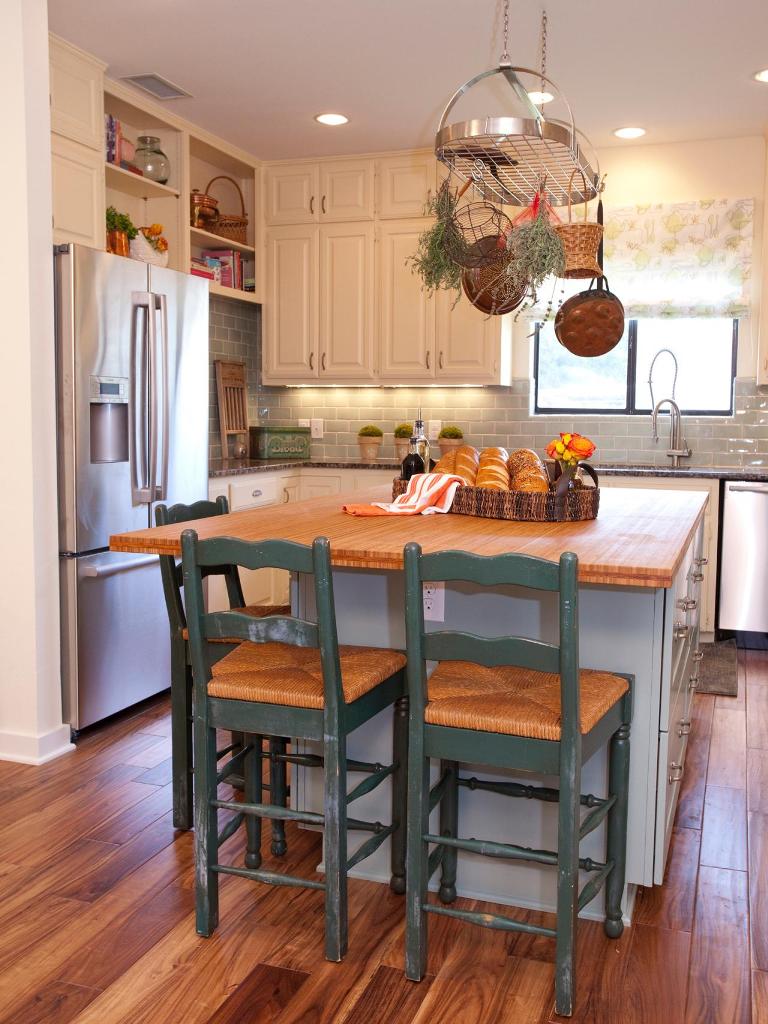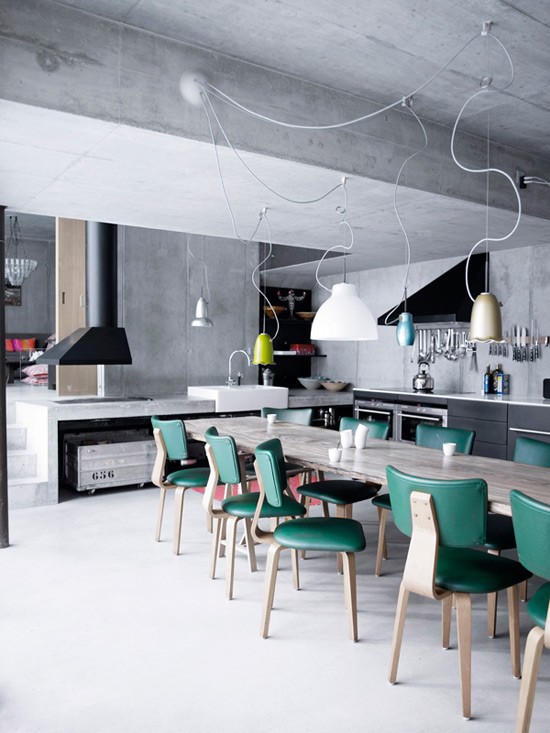
Industrial Style

One of the most eclectic decorating styles, the industrial style emerged in New York in the late 1960s. Artists and cool people began transforming old sheds into modern lofts with rustic decor . The main characteristics of industrial-style environments are spaciousness and functionality. Without walls to demarcate the rooms, the furniture is responsible for defining the spaces. The shelves are great choices for this function.

Planned to integrate living spaces with practicality, a tip for furniture is to compose the environment with high-design pieces, fabrics that offer maximum comfort and fun and elegant decorative objects.

Structural elements, ducts and piping are exposed in contrast to a sophisticated decoration. Cold materials such as concrete and steel, contrast with the use of wood, warm colors and indirect lighting, which add warmth to the environment. The peeled walls highlight the materials used and create a dramaticity for spaces, giving an industrial air.
Vintage Style

The term “Vintage” indicates an object produced in centuries past, or at least about 20 years earlier. In design, it indicates pieces considered of value and prestige for the materials used and for cultural reasons. The Vintage Style is strongly inspired by past trends, between 1950 and 1980, in relation to the use of certain colors, graphic elements and furniture that contribute to creating a differentiated ambience.

In this style of decoration, the appreciation for the past and personal history – from childhood memories, from the grandparents’ house – are realized in the internal spaces, in a welcoming, witty and attractive way. Different memories, colors and textures gain meaning with personal interpretations, forming a unique set.

Many vintage pieces were created with the American tradition of the 50s, with references to Las Vegas: intense colors and iconic images. Among the most famous designers of this era are Charles and Ray Eames, creators of the Eames Armchair . In English fashion, the style represents elegance, balance and irony.
The international Vintage style associates different worlds in a more eclectic vision with touches of collecting, always looking for memories of a time, a style, a fashion and even movies.
Minimalist Style

Among the decoration styles, this one forgoes ornaments and adornments, and the furniture alternates with empty spaces, giving main attention to space. Utility and aesthetics are in perfect harmony, and the elements are geometrically defined.

In the Minimalist Style, the most used materials are the simplest and most industrial: wood, metal, glass. Colors are limited to white and gray, with some color-specific details such as neon fluorescent tubes. Lighting is a key element to create environments with a unique atmosphere. Artificial lighting with simple elements such as sconces emphasize the architecture.

Among the most influential architects and designers of this style, we have Mies Van der Rohe, theorist of “less is more” (less is more), creator of Poltrona Barcelona.
Provençal Style

The Provençal Style refers to an ideal of simple and carefree living, and its spaces often reproduce the character and atmosphere of family vacation homes. Inspired by the beautiful French residences of the 80’s, this style of decoration brings light colors and delicacy.

The environments are familiar and welcoming: diffused lighting and furniture from another era help to distance themselves from the daily bustle. To create a relaxing effect, rustic furniture is covered with light fabrics. Raw linen and lace are often used to create a feeling of lightness.

The decorative baskets are indispensable in this decorating style. Colors appear in details, and floral is widely used in adornments, prints and ceramics.
Scandinavian Style

This style of decoration references countries like Sweden, Denmark, Norway, Finland and Iceland. These countries have a climatic condition with short days and almost always cloudy, which demands light colors that bring light to the environments. A feature of this style is trying to create a warm and natural environment. So it is common to find simple elements such as wood, wool, cotton and stones.

The Scandinavian design has a high quality reference, and is marked by ergonomic and refined pieces. A tip to avoid mistakes is to use classic pieces like the Saarinen Table and the Egg Armchair.

The choice of furniture is a mix of decor styles: contemporary pieces with other traditional furniture, rich in history. The combination gives rise to a minimalist effect with a rustic feel. The adornments are preferably artisanal and technological, useful and modern objects. The Wireflow Pendant is a standout piece in this room:
Other Decor Styles
There are also several other styles for you to get inspired, but the tip here is for you to take a little of what you like and make your home your style.






